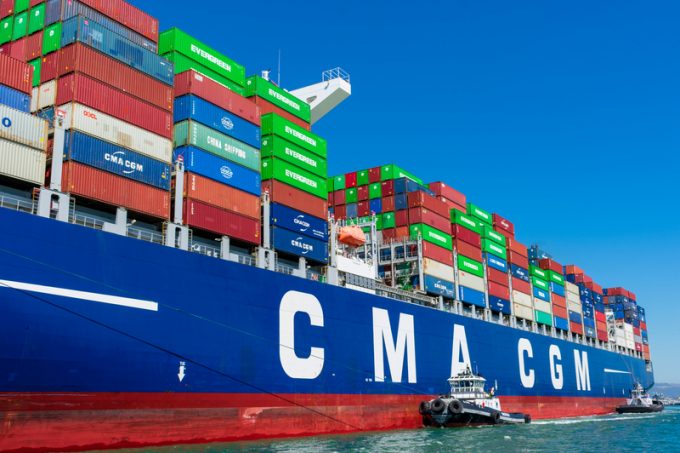CMA CGM eyes HPH sale after Ceva shines in a 'stable' second quarter
CMA CGM has expressed interest in the Hutchison Port Holdings (HPH) sale in a bid ...

With its huge orderbook of 122 ships, for a capacity of 1.24m teu, CMA CGM is on course to overtake Maersk as the second-biggest container line in the world.
And, with fellow Ocean Alliance partners Cosco and Evergreen having the third- and fourth-largest orderbooks – 927,000 ...

Comment on this article